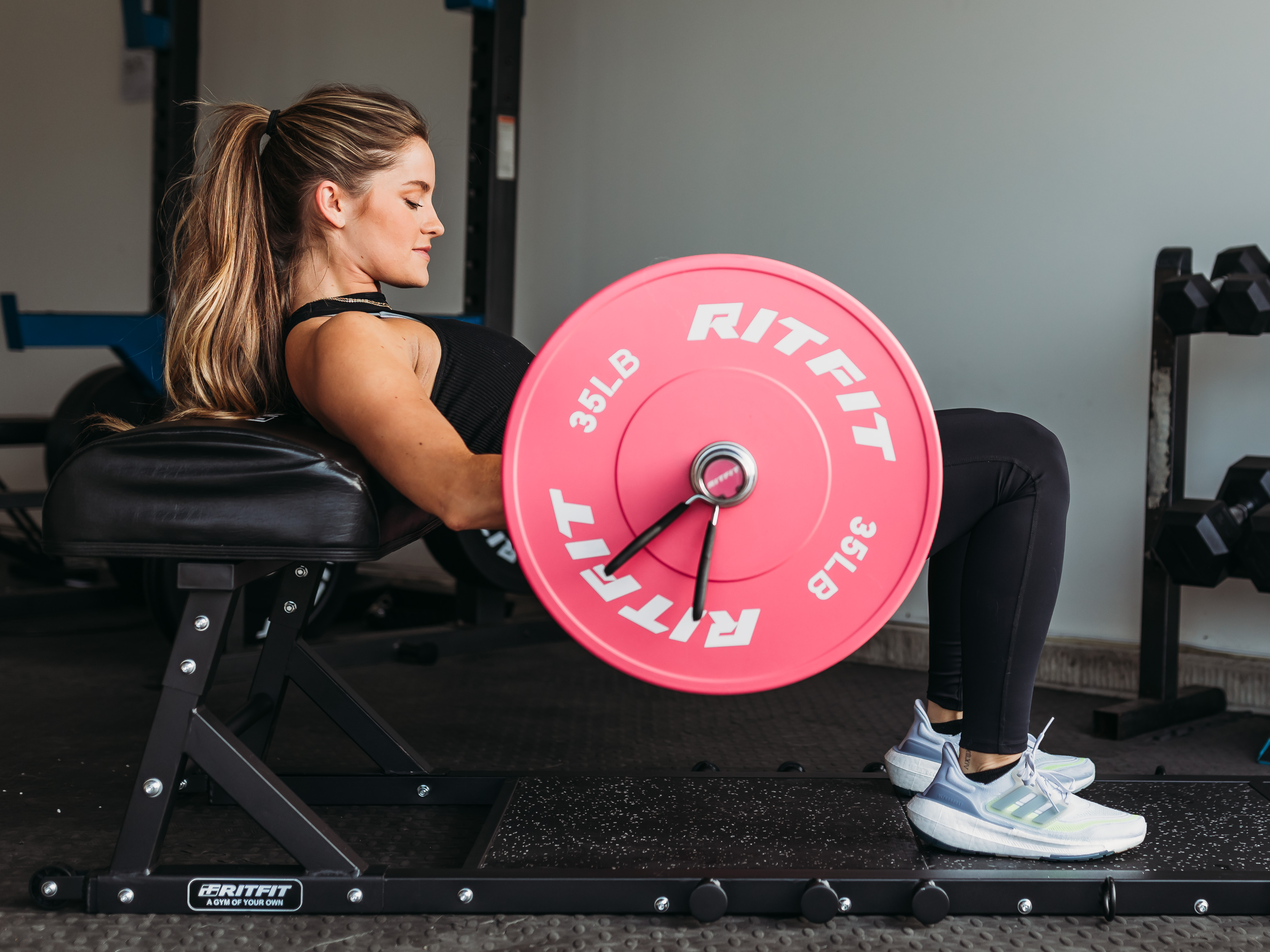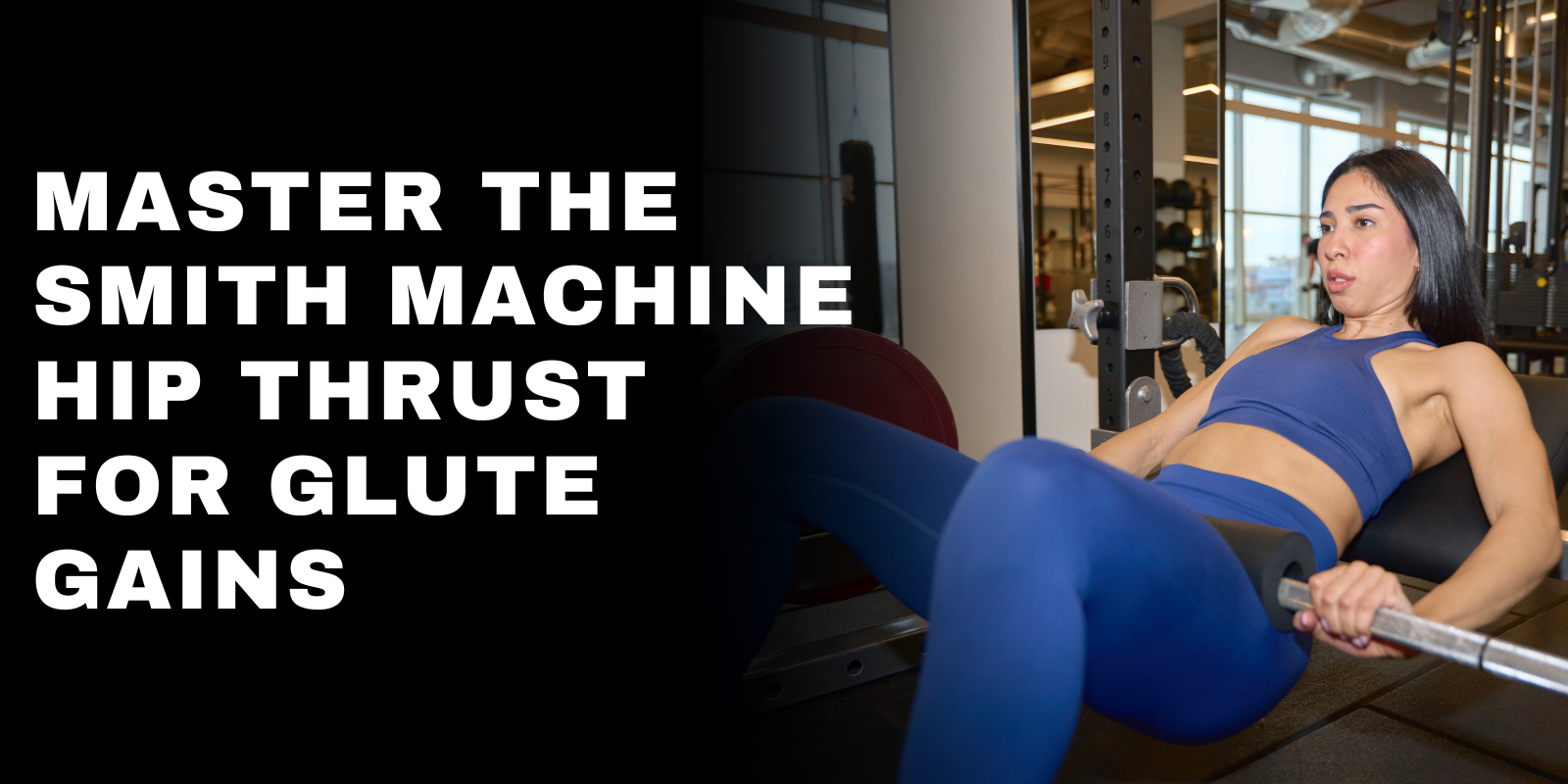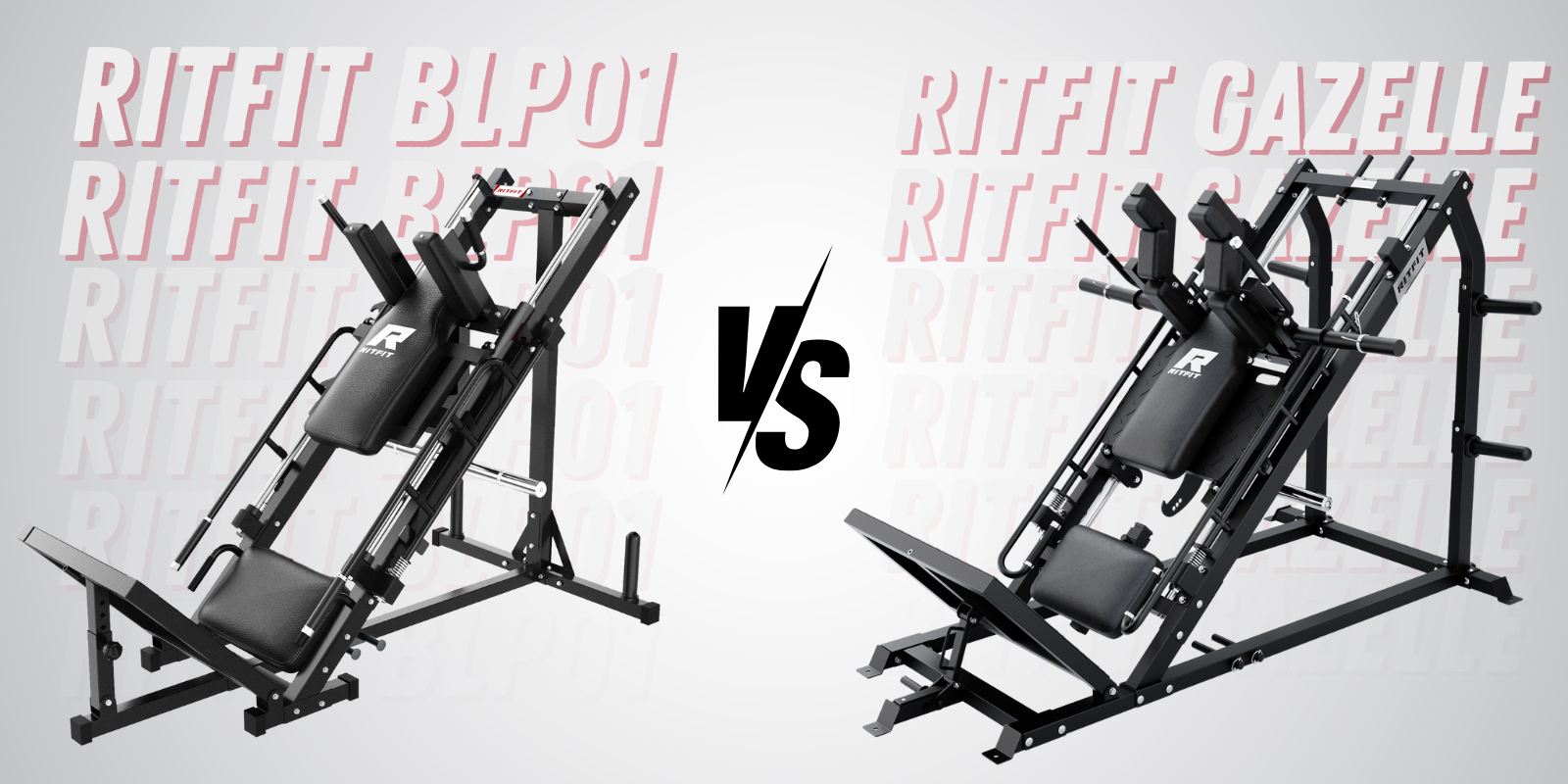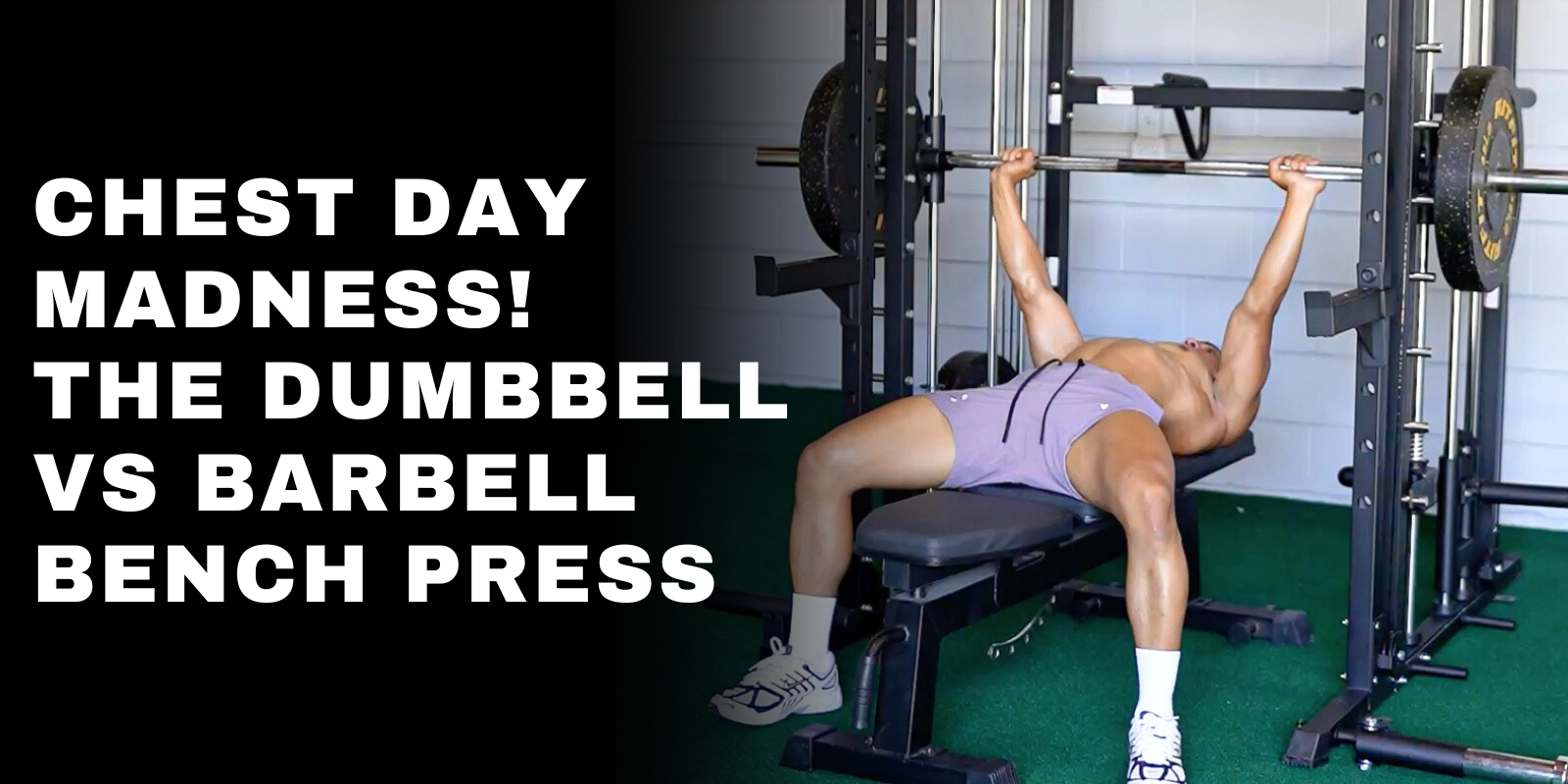Most fitness freaks dream of setting up a home gym, but fulfilling this dream requires research, space, and funds. But one of the key decisions you need to make when setting up a home gym is which type of weightlifting rack to use. There are different types of racks used for strength training, but two top the list: a power rack and a squat rack. Both of these equipment have their benefits, but unless you need and afford both, you have to pick one.
But the endless options on the market can make it tough to decide which type of rack is best for your home gym. Power racks and squat racks have many similarities, but they also have some differences that can impact your decision. Below, we’ll carry out a detailed power rack vs squat rack comparison in terms of safety, durability, price, versatility, and more. It will help you decide which to choose for your home gym.
What Is A Power Rack?
A power rack, also known as a full rack or power cage, is a piece of strength training equipment. It consists of a framework with four vertical uprights and horizontal barbell supports. This equipment is designed to allow users to perform a variety of exercises, including squats, bench presses, and overhead presses, in a controlled and safe environment.
Power racks are typically made with durable materials such as steel and are designed to last many years with proper maintenance. They also have multiple attachment points for adding accessories such as dip bars, landmine attachments, and other attachments for bodyweight exercises.
Power racks are often used in commercial gym settings but can also be found in many home gyms. They are a popular choice for strength training due to their versatility and ability to perform a wide range of exercises safely and effectively.
What Is A Squat Rack?
A squat rack, also known as a squat stand or squat stand rack, is a piece of weightlifting and strength training equipment. This rack is designed to support the weight of two vertical uprights and horizontal barbell supports. This equipment allows you to perform exercises such as the squat, bench press, and shoulder press without safety concerns. But squat racks typically have fewer safety features than power racks, such as adjustable safety bars and spotter arms.
It typically consists of a sturdy frame with adjustable hooks or pins that can be set at different heights. This enables it to accommodate different exercise movements and assist in stabilizing the barbell.
Like power racks, squat racks are also commonly found in gyms and fitness centers, but you can get one for your home gym. Squat racks are generally more compact and lightweight than power racks, making them easier to move and store.
Power Rack vs. Squat Rack
Power racks and squat racks are similar types of equipment commonly used for strength training exercises, such as squats, bench presses, lunges, and more. Both types of racks provide a framework for the user to lift weights in a controlled environment. They offer various features that can make strength training safer and more effective. While they share many similarities, they have their differences, as well. Here are some critical differences between power racks and squat racks:
1. Safety
Both squat and power racks can provide a secure environment for strength training exercises if used correctly and maintained properly. But power racks tend to offer more safety features, such as adjustable safety bars and spotter arms. These features can help catch the weight if the user fails to complete a lift. They provide an extra layer of protection and help reduce the risk of injury.
Squat racks, on the other hand, do not have as many safety features and rely more on the user to maintain proper form and control the weight. While squat racks can still be used safely, power racks may be a better choice for those who are new to strength training or who want the added security of additional safety features.
2. Flexibility
Power racks tend to offer more flexibility in terms of the exercises that can be performed. It is because they have multiple attachment points for attaching accessories, like dip bars, landmine attachments, and more. This allows users to perform a wide range of exercises, making it more versatile.
Alternatively, squat racks are more limited in the types of exercises that can be performed. They can still be used for bench presses, overhead presses, and squats. But they may have fewer options for adding attachments, which limits the types of exercises you can perform using this equipment.
3. Mobility (Size/Space)
Power racks tend to be larger and heavier than squat racks. It makes them more challenging to move and requires more space for storage. They may be less convenient for those with limited space in their home gym or who need to move their equipment frequently.
Squat racks, on the other hand, are generally more compact and lightweight, making them easier to move and store. They are better suited for those with limited space or who need to be able to move their equipment quickly.
4. Stability
Both power racks and squat racks are designed to be stable and sturdy, but power racks may offer more stability. A power rack’s larger size and weight can make it more stable and less prone to tipping or shifting during use.
Since squat racks are more compact and lightweight, they can be less stable. But you can use them safely if you follow the correct usage method and maintain them.
5. Durability
When it comes to power rack vs squat rack in terms of durability, both are typically built with durable materials, like steel. Both types of racks are designed to withstand the wear and tear of frequent use and can be a good choice for home gyms or commercial gym settings. They should last for many years with proper maintenance.
Power racks and squat racks may vary in terms of the quality of materials and construction, which can impact their durability. So, consider the overall quality of the equipment when making a purchase, as lower-quality racks are more prone to wear and tear and don’t last as long.
6. Price
Power racks tend to be more expensive than squat racks due to their larger size and additional features, like spotter arms and adjustable safety bars. They also offer more customization options, such as adding or removing attachments, which can add to the overall cost.
Alternatively, squat racks are generally more affordable due to their simpler design and fewer features. They may be a good choice for those on a budget or just starting with strength training.
The price of strength training racks can vary widely, depending on the equipment’s size, features, and overall quality. So, as far as full rack vs half rack is concerned, the price of a full rack is often more than a half rack.
7. Versatility
Power racks tend to be more versatile than squat racks. It is due to the multiple attachment points for accessories and the ability to perform a wider range of exercises. Power racks offer a wide range of attachment points for adding accessories, allowing users to perform a variety of exercises and adding to the versatility of the equipment.
Squat racks, on the other hand, are more limited in the types of exercises they allow you to perform. They can still be used for squats, bench presses, and overhead presses. But you won’t be able to do more versatile exercises.
8. Customizability
Power racks are generally more customizable than squat racks, as they typically have more adjustable features. For example, many power racks have adjustable hooks or pins that can be set at different heights to accommodate different exercise movements. They may also have adjustable spotter arms or safety bars, which can prevent accidents or injuries while lifting.
Squat racks are usually less customizable than power racks. While some models may have adjustable hooks or pins, they don’t offer as many adjustable features as power racks.
9. Pull-Up, Dip Bars
Power racks typically have built-in pull-up and dip bars, allowing you to perform these bodyweight exercises. These bars are usually located on the vertical uprights of the power rack and can be used for a variety of exercises, including chin-ups, pull-ups, and dips.
It is uncommon for squat racks to have built-in pull-up or dip bars. While some models may have a bar or two that can be used for these exercises, they are not as common as on power racks. So, if you are interested in incorporating pull-ups or dips into your workout routine, you may want to consider a power rack.
Rounding Up
Ultimately, choosing between a power rack and a squat rack depends on your individual needs and preferences. Consider factors such as the available space, your budget, and the exercises you plan to do when deciding which rack suits your needs.
Who Should Buy a Power Rack?
Power racks are an excellent choice for weightlifters looking for a sturdy and stable piece of equipment that can support heavy weights and provide a safe platform for lifting. They are particularly well-suited for people who want a versatile piece of equipment for a wide range of exercises, including chin-ups and dips.
Power racks are also a good choice for people interested in adding additional safety features to their weightlifting routine. Many power racks come equipped with spotter arms and safety bars, preventing weightlifting accidents or injuries.
If you have the space and budget to accommodate a power rack and are looking for a versatile and safe piece of weightlifting equipment, a power rack may be a good choice.
Pros
- The added support of vertical uprights makes them sturdier and more stable
- Have more safety features, like spotter arms and safety bars, to prevent lifting accidents or injuries
- Can be used for a wide range of exercises
- Barbells are easy to rack and unrack
Cons
- More expensive than squat racks
- Takes up a lot of floor space
- Difficult to move around
Who Should Buy a Squat Rack?
Squat racks are a good choice for strength trainers looking for a compact and affordable piece of equipment that can support heavy weights and provide safety. This piece of equipment is particularly well-suited for those interested in performing exercises such as the squat, shoulder press, and bench press.
Squat racks are also perfect for people having limited space in their home gym or fitness center. Many squat racks are designed to be more compact and lightweight than power racks. So they are easy to transport and store.
A squat rack may be ideal for you if you have limited space or a smaller budget. But, if you have more space, a larger budget, and you’re looking for a versatile piece of equipment for a variety of exercises, a power rack may be a better option.
Pros
- Smaller, compact, and lightweight
- Easy to move and store
- More affordable than power racks
- Some models may be more adjustable
Cons
- The lack of vertical uprights makes them unstable
- Have fewer safety features than power racks
- Doesn’t have built-in storage space
Conclusion
Both power racks and squat racks are excellent choices for home gyms. But they have some significant differences that should be considered before deciding. Power racks are generally sturdy and more stable than squat racks and can be used for a wider range of exercises, including chin-ups and dips. But they are typically larger, more expensive than squat racks, and may not be as easily adjustable.
Alternatively, squat racks are smaller, more compact, and more affordable than power racks. But they may not be as stable or sturdy as power racks. Plus, they may only be suitable for a limited range of exercises beyond the squat, bench press, and shoulder press.
Choosing between a power rack and a squat rack depends on your individual needs, available space, types of exercises you want to do, and budget. So, consider these factors, research, and make a well-informed decision before making a purchase.











